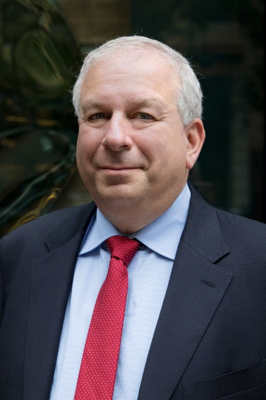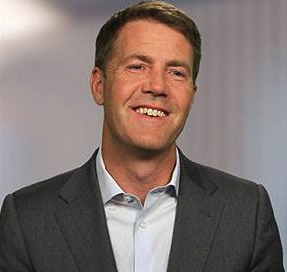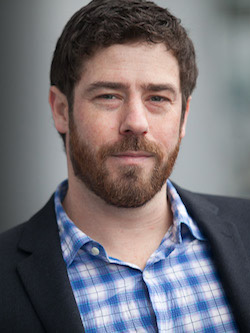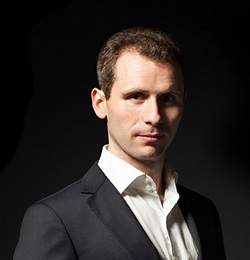Transcripts
 Erik: Joining me now is Dr. Lacy Hunt, chief economist for Hoisington Investment Management Company.
Erik: Joining me now is Dr. Lacy Hunt, chief economist for Hoisington Investment Management Company.
Dr. Hunt, I’m so looking forward to this interview. I’ve been thinking about you for weeks and weeks as we’re navigating this very interesting time in markets. You’ve been just fantastically prescient and fantastically right. We’ve interviewed you several times over the last few years. You’ve always stuck to essentially the same core thesis, and it has proven correct for all of this time.
I strongly encourage any newer listeners who didn’t hear those prior interviews to listen to those past interviews. Just type “Lacy Hunt” into the search box at macrovoices.com and you’ll see the previous interviews.
Dr. Hunt, for those newer listeners, please just briefly restate the core thesis of your view on interest rates and why we are where we are today.
 Erik: Joining me now is David Rosenberg, founder and president of Rosenberg Research.
Erik: Joining me now is David Rosenberg, founder and president of Rosenberg Research.
Now, most of you know Dave as the famous author of the “Breakfast with Dave” newsletter. He’s actually branched out and got some really exciting new products and services that he is starting to explore in his own new firm. So we’re going to talk about that at the end of the interview.
But, David, obviously we’ve got to start with, wow, these are amazing times that we’re in. I gotta tell you, I am just dumbfounded. It seems like maybe a little bit of common sense in the last couple of days has hit the stock market. But until then, it seemed like most people thought, okay, it’s all over now. We’re past peak infections. It’s time for new all-time highs in the stock market.
I think it’s crazy. But what do you see here? What’s the big picture? Is this really ending? Or is it only just beginning?
Dave: Well, look, I think that when you’re taking a look at the extreme daily moves that we’re seeing in the stock market, it is completely characteristic of a fundamental bear market, not the onset of a new bull market. I mean, we’ve had, just in the past 20 sessions, 18 of those the DOW moved in either direction by at least 200 points. It’s almost like we’ve become numb.
Today, if the DOW moves 400 points up or down, it’s completely ho-hum. But these are dramatic daily swings. It’s showing a market that is completely confused and I think caught in this tug of war between – I wouldn’t say a V-shaped recovery – really caught between knowing that we have a very deep and sharp recession on our hands but also the Fed coming in and doing what no other Fed has done before.
 Erik: Joining me now is Eric Peters, founder of One River Asset Management.
Erik: Joining me now is Eric Peters, founder of One River Asset Management.
Eric, I guess obviously the question that’s on everybody’s mind is this coronavirus crisis and how long it’s going to last and so forth. Was the coronavirus the cause of this market dislocation? Or is it more the case that the virus was the pin that popped a bubble that was already ready to pop? And, either way, how do you see this crisis unfolding from here?
Eric: Hey, Erik, nice to be back. Thanks for having me again. Always good, particularly in really interesting periods for markets like this.
Clearly this virus is the catalyst for this move. And that’s obvious. But in terms of the move itself and the market structure, I would say that we’ve been building into the market structure a lot of fragility over many years that were, largely speaking, just underappreciated.
 Erik: Joining me now is Josh Crumb, who formerly was the head of precious metals research for Goldman Sachs, went on to found GoldMoney, and has since gone on to found Abaxx Technologies. We’ll talk about that at the end of the interview.
Erik: Joining me now is Josh Crumb, who formerly was the head of precious metals research for Goldman Sachs, went on to found GoldMoney, and has since gone on to found Abaxx Technologies. We’ll talk about that at the end of the interview.
But first, Josh, it’s great to have you back on the show. So much to talk about with so much going on in the gold market.
Josh, help me navigate the current opportunities in the gold market. And I’ll just start by telling you how I see it.
On one hand, I really think, first of all, when there’s a panic, people rush into gold. We’ve kind of seen what’s looking like a blow-off top. It’s starting to correct lower.
I think there’s a really good argument that says that the stock market is not done with the downside from the COVID-19 crisis yet.
What we saw in 2008, it seems like there’s a lot of good reason to think it’s coming back, which is correlations go to one in a crisis. Everything sells off. Even though the fundamentals for gold are improving, people are selling it to raise cash. And the price ends up going down, even when you would hope it would go up under those circumstances.
 Erik: Joining me now is Simon White, cofounder of Variant Perception.
Erik: Joining me now is Simon White, cofounder of Variant Perception.
Simon, there is an old saying in finance that sometimes nothing happens for decades and then there are weeks during which decades happen. I think this is one of those weeks.
Monday morning just after 8am this week, we got news that the Federal Reserve made what I think was the biggest monetary intervention announcement in recorded history, announcing unlimited quantitative easing to react to the coronavirus crisis.
It was very, very controversial when QE2 was introduced several years ago. That was a spending program of $500 billion over the course of about eight months. And it was very controversial. A lot of people thought that was just too much and they shouldn’t do it.
What the Fed announced this week is, first, they’re going to spend more than that this week alone. And they’re going to continue spending at that rate indefinitely.
The thing that I think is even more – we could do a whole show about that announcement, but what I think is even more newsworthy is the market’s reaction. Of course, asset markets had to jerk higher on the news. That lasted, Simon, less than two hours before the move up in asset prices had fully retraced. Which really speaks volumes, in my mind.
It says that the Fed put has finally expired worthless. Please give us your interpretation of these events. And what are the knock-on effects and consequences as you expect them to play out in financial markets?
MACRO VOICES is presented for informational and entertainment purposes only. The information presented in MACRO VOICES should NOT be construed as investment advice. Always consult a licensed investment professional before making important investment decisions. The opinions expressed on MACRO VOICES are those of the participants. MACRO VOICES, its producers, and hosts Erik Townsend and Patrick Ceresna shall NOT be liable for losses resulting from investment decisions based on information or viewpoints presented on MACRO VOICES.
